#Common green shieldbug
Explore tagged Tumblr posts
Text

Shield bug :)
7 notes
·
View notes
Text
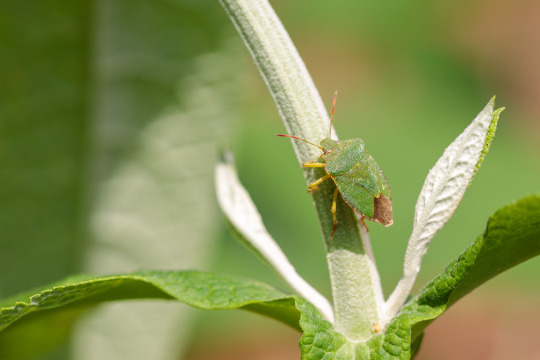
Common Green Shieldbug
A common green shieldbug on the sunlit stem of a buddleja, in the garden.
#30dayswild#bug#bugs#canon#canonuk#common green shieldbug#fauna#garden#insect#insects#invertebrate#invertebrates#minibeast#minibeasts#nature#outdoors#palomena prasina#shield bug#shieldbug#summer#wildlife
16 notes
·
View notes
Text
Last of the summer wine: autumn wildlife
#alomena prasina#Arctium minus#autumn wildlife#Caddisfly#Cirsium eriophorum#Common green shieldbug#German wasp#Helina evecta#Helina impuncta#Lesser burdock#Muscidae#Red admiral#Vanessa atalanta#Vespula germanica#Wasps#woolly thistle
0 notes
Text


Cool bug!!!
1 note
·
View note
Text
Common Green Shieldbug #insect
A rather handsome Palomena prasina. Picture taken June 1. #shieldbug #nature #naturephotography #woods #insects #insectphotography

View On WordPress
0 notes
Text











A look back on my 2024: Part 2 of 3-Mammals, dragonflies and damselflies, beetles and others
Another very strong mammalian year in which I saw my highest ever amount of species in a year centred on adorable Red Squirrels as I was lucky to observe them in Scotland and on Brownsea Island. Scotland was an incredible time with so many mammals observed; Stoat and Brown Hare adding to the magic of the wild cottage with lots of wildlife around to see that we stayed in and simply breathtaking wild experiences watching Bottlenose Dolphins on the Moray coast and a Mountain Hare in the Highlands. Roe Deer at the cottage and Red Deer during the week were other highlights with both species key to my year overall with amazing local Roe Deer views and the Bushy Park Red Deer and Fallow Deer experience which was great again in September. I had an amazing year for Stoats seeing two at Rutland Water in July as well and as my fortunes of seeing these species has taken an upturn the past year and a half we got fantastic Weasel views at Bempton Cliffs. We saw Field Voles really well there and got exceptional immersive views of Grey Seals at Flamborough Head. It was a splendid seal year with superb views of Common Seals on the Beaulieu River and in Newtown Harbour on the Isle of Wight on a boat trip in a strong run of mammals standing out in September. A Water Shrew was a surprise first for me as I waded through a flooded path at RSPB Radipole Lake in January and I was overjoyed to see a Water Vole at Rutland Water. Closer to home Fallow Deer and Sika Deer have been great to see in Hampshire and Dorset, with impressive home views of Hedgehogs and I had a magical year of observing beautiful Foxes with top sightings at Southsea and Hook-with-Warsash.
Perhaps unexpectedly again with similar to butterflies as mentioned in my last post a few species I really needed to work for this year I saw my highest ever amount of dragonflies and damselflies this year. It was a green dream for odonata in 2024 with a big moment seeing my first ever Downy Emerald dragonfly at Bentley Wood in May and both Emerald Damselfly and Willow Emerald Damselfly seen at Thurley and Fishlake Meadows respectively. Common, Ruddy and Black Darter gave me thrilling moments this year as did Black-tailed Skimmer with an especially good view of a female at Testwood Lakes and Keeled Skimmer. I was captivated by watching Golden-ringed Dragonflies at Winnall Moors, Testwood Lakes and Fen Bog Nature Reserve. Hawkers owned the summer with a strong couple of months or so seeing Migrant Hawkers and Southern Hawker and Brown Hawker enjoyed too. Azure, Blue-tailed and Large Red Damselflies were also very pleasant to see.
Beetles I suppose took another step up in importance for me this year as I kept a year list of ones I could identify for the first time ever recording twenty species. Green Immigrant Leaf Weevil, Violet Oil Beetle, Bloody-nosed Beetle, Tawny Longhorn beetle and Devil’s Coach Horse Beetle were some of my favourite finds. Once again cantharis rustic soldier beetle, Common Red Soldier beetle, Red-headed Cardinal beetle, Black-and-yellow Longhorn beetle, Swollen-thighed beetle and treasured views of epic Green Tiger Beetles at Bentley Wood in my home area, Strathdearn in Scotland and Fen Bog Nature Reserve in Yorkshire brough vibrant colour to my spring and summer. Dor beetles, ladybirds, Garden Chafer Beetle and Common Malachite Beetle were more delights seen this year.
Some other key species of my year included fascinating Hornet Mimic Hoverfly and Lesser Hornet Hoverfly in the summer, Marmalade Hoverfly, a notable amount of Common Lizards in the summer, frogs and frogspawn, the indomitable Long-winged Conehead one of my key crickets/grasshoppers of the year at Lakeside and Milford on Sea, Mottled shieldbugs, Dock bug, Forest bug, Grey Silverfish and spiders including Long-bodied Cellar spiders at home, lots of snails enjoyed at home and a fascinating Ambersnail seen at Winnall Moors in the summer.
The photos in this set are of; Keeled Skimmer dragonfly at Brownsea Island in September, Common Darter dragonfly at Lakeside in August, Willow Emerald Damselfly at Fishlake Meadows in October, Red Squirrel on Brownsea Island in September, Stoat at Rutland Water in July, Garden Chafer beetle at Magdalen Hill Down in May, Tawny Longhorn beetle on scabious at Shipton Bellinger in August, Hornet Mimic hoverfly at Stockbridge Down and Ambersnail at Winnall Moors in August, Fallow Deer in the New Forest on Good Friday and Long-winged Conehead at Lakeside in August.
#dragonflies#damselflies#beetles#mammals#red squirrel#common seal#grey seal#migrant hawker#downy emerald#bottlenose dolphin#dock bug#outdoors#macro#willow emerald damselfly#nature#walking#england#scotland#uk#world#moray#highlands#brown hare#mountain hare#stoat#europe#britain#wildlife#photography#wildlife photography
9 notes
·
View notes
Text
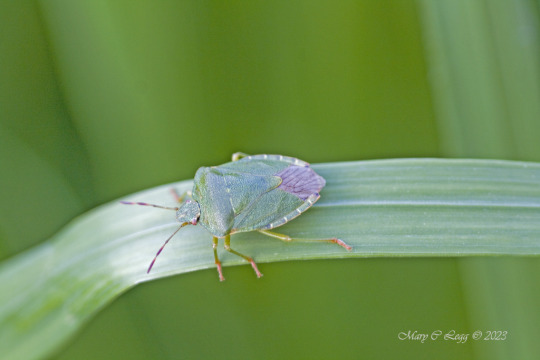
Common Green Shieldbug, Palomena prasina Canon 400D EF 100 2.8 f/3.2 1/125 iso: 400 Srbsko, Czech Republic 5/22/2010
#Hemiptera#hieldbugs#stinkbugs#Pests#insects#invertebrates#macro#Grasslands#insectphotography#macrophotography#insect#canon
2 notes
·
View notes
Text
January
Skies
Late last month on the day of winter solstice the sun made its shortest journey. In January it rises just east of south-east and sets just west of south-west. Its path across the sky will widen east and west day by day until we reach the summer solstice in June.
The Quadrantid meteor shower peaks in early January. Usually, meteor showers are named after the constellation where they seem to appear from, called the radiant point, but the constellation of Quadrans Muralis is no longer among our recognised constellations! Instead, look to the constellation Boötes, which can be found near the handle of the Big Dipper in the north. Boötes can be located by following the tip of the Big Dipper (pointing downward at this time of year) down towards the horizon. To me, Boötes looks like a wonky kite.
In January, Capella, a star in the constellation of Auriga, occupies the zenith (the point directly above you as an observer).
Orion will very much dominate the southern sky. More on how to use Orion to navigate.
Plants
The trees may be bare but there's still plenty to find. Some plants such as chickweed, Shepard's-purse and red dead nettle can be found all year-round. These plants also flower all year-round. Alexanders, broadleaf ribwort plantain and cleavers (aka those long ones that you can stick to your friend's jumper) can also be found. These all make for those really green verges that you still see this month.
Mushrooms are still going for it, oyster mushrooms, turkey tails and velvet shanks are to be found, among others.
As January draws to a close, lesser celandine will flower and will continue to provide colour until May.
Hazel trees will put out (male) catkins, which are many tiny dangling flowers that release pollen. There are also tiny female flowers on hazel trees that you will need to get in close to find. Hazel trees will continue to produce catkins and flowers until March.
Animals
Common frogs are largely still hibernating/in torpor, be careful when clearing leaves. They might emerge and immediately begin spawning in milder places such as the south of England, but are more likely to emerge next month.
Hedgehogs will also be at the height of their hibernation/torpor. You should follow the advice of a trusted source, usually an animal/wildlife charity when it comes to disturbing hedgehogs.
Some insects such as ladybugs and shieldbugs will emerge.
Some birds such as the redwings and fieldfares, will have migrated from Scandinavia to Irish, British and European countries and will still be overwintering there.
This is fox mating season, which extends from December to February.
Not to be forgotten are corvids such as rooks, garden birds like robins, blue tits, blackbirds and dunnocks. These rarely migrate and stay local, however some will occasionally migrate. The blackbird in your garden may be a local or a migrant from a place with a harsher winter.
References and Further Reading/Listening
2024 Guide to the Night Sky by Collins
The Almanac 2024 and 2025 by Lia Leendertz
As the Season Turns (podcast) by Lia Leendertz
Step Into Nature by Rachel McKenna
The Tree Almanac by Gabriel Hemrey
1 note
·
View note
Photo
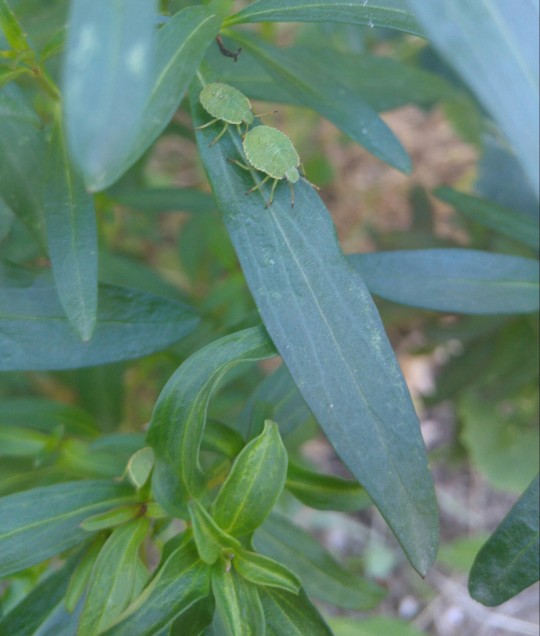




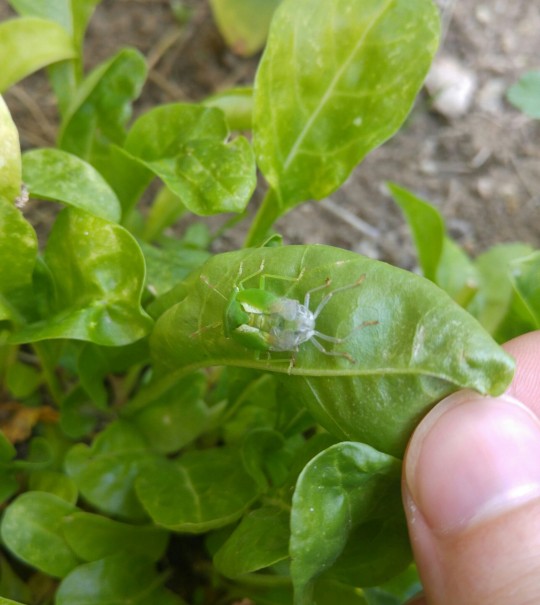
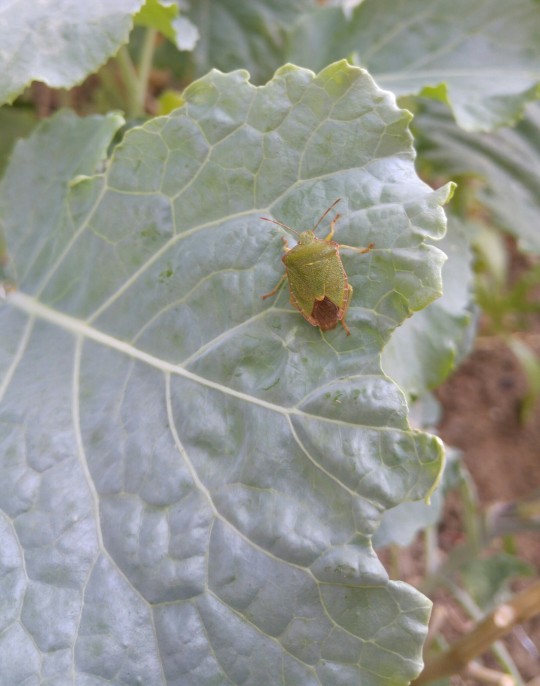
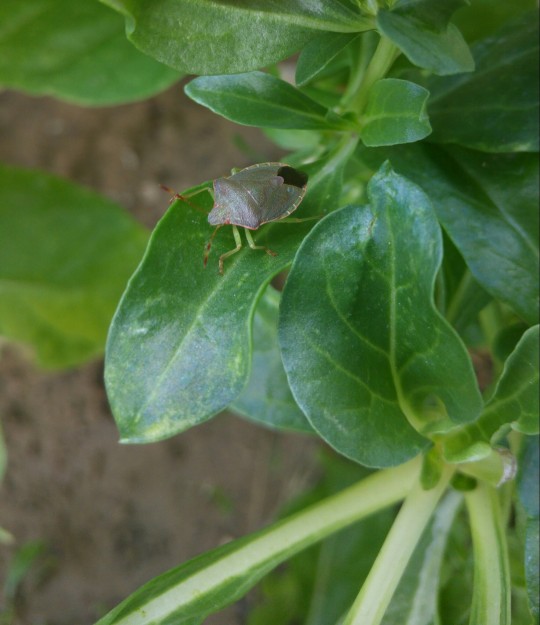
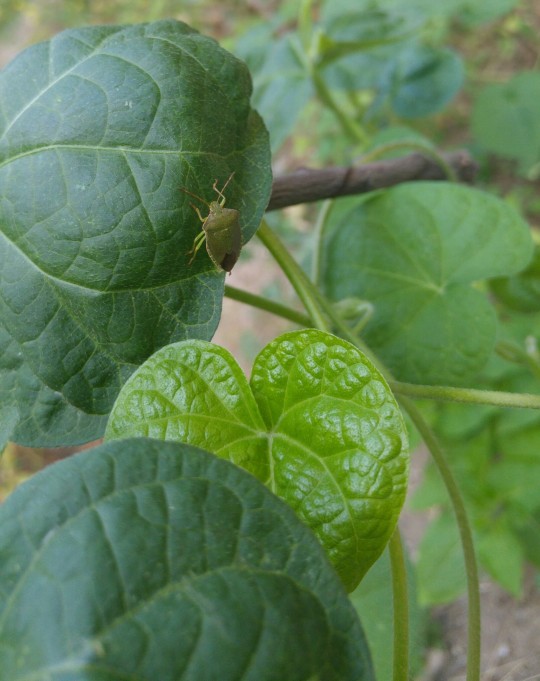
Palomena prasina (Common Green Shieldbug): Fındık Yeşil Kokarcası
Familya: Pentatomidae
bitkilerin öz suyuyla beslenirler. meyve veya sebzelerde çukur oluşmasına veya yapraklarda kıvrılmaya yol açarlar. böceğe dokunulduğunda çevreye koku yayarak tepki gösterir. bu durum böceğe kuşlardan ve kedilerden korunmak için harika bir savunma mekanizması sağlar.
üstteki resimler: 5. dönem nimfler
ortadaki resimler: başkalaşım geçirerek erişkin hale geçiş yaptığı dönem
alttaki resimler: erişkin dönemi
14 notes
·
View notes
Text

Common green shieldbug, Palomena prasina, on a window.
#uk nature#nature#infographic#wildlife#wild animals#learning resources#annotations#phone photography#insects#bugs#cool bugs#inverts#shield bug#biology#entomology#bugblr#annotated photo#ecology#educational#naturalist#natural world
32 notes
·
View notes
Text
Common green shieldbug
The common shieldbug was once restricted to Southern England, but has since been moving northwards and is now quite widespread. It can be found in all kinds of habitats from gardens to farms. Species information Category Bugs Statistics Length: 1.3cm Conservation status Common. When to see May to November About A recent beneficiary of climate change, the common green shieldbug was once…

View On WordPress
1 note
·
View note
Video
Common Green Shieldbug (final instar) by Paul Leyland Via Flickr: Allerston, North Yorkshire
0 notes
Text

Mating Shieldbugs
A pair of mating common green shieldbugs, on a buddleja leaf in the garden.
#bug#bugs#canon#canonuk#common green shieldbug#garden#insect#insects#invertebrate#invertebrates#minibeast#minibeasts#nature#outdoors#palomena prasina#shield bug#shieldbug#wildlife
5 notes
·
View notes
Photo
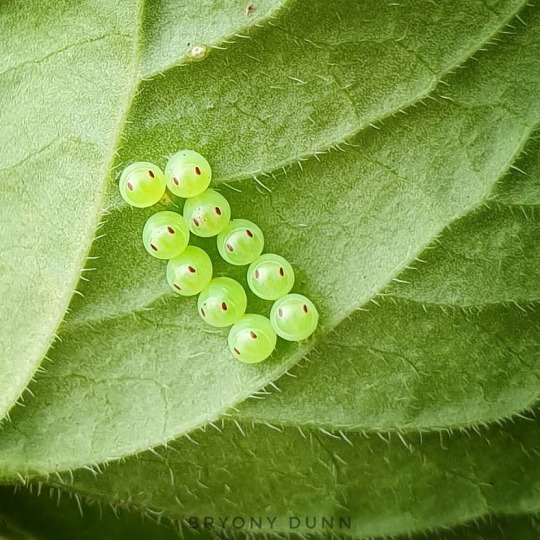
Eggs of the Common Green Shield Bug (Palomena prasina) #insects #insecteggs #shieldbug #shieldbugeggs #wildlife #nature #macro #garden #insectphotography #naturephotography #wildlifephotography #macrophotography #gardenphotography #ausgeo #etoe_2 #ethereal_softness #ethereal_moods #gloomy_side_views #charming_nature_ #flowersandmacro #ip_insects #macrogrammers #top_macro (at Victoria) https://www.instagram.com/p/B49ksYQAoR3/?igshid=l1mkqdr2bjd0
#insects#insecteggs#shieldbug#shieldbugeggs#wildlife#nature#macro#garden#insectphotography#naturephotography#wildlifephotography#macrophotography#gardenphotography#ausgeo#etoe_2#ethereal_softness#ethereal_moods#gloomy_side_views#charming_nature_#flowersandmacro#ip_insects#macrogrammers#top_macro
0 notes
Video
Palomena prasina Common Green Shieldbug by pete beard
0 notes
Photo

This got the NoD ... PaulUpwey: Common Green Shieldbug from the garden this afternoon. https://t.co/kEwTMoBdSj http://dlvr.it/NnH9nM .... take a look!
0 notes
